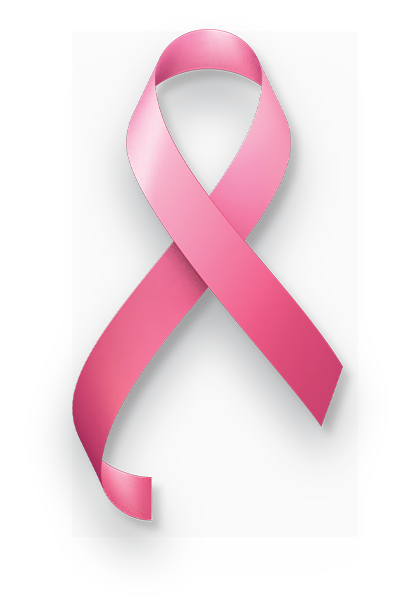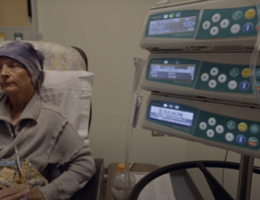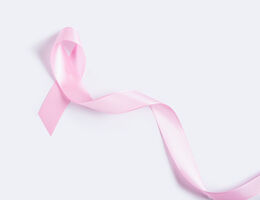

The anxiety that comes with awaiting a breast cancer diagnosis is overwhelming, especially after undergoing a mammogram, biopsy, or other screening methods. Whether you’re awaiting results after discovering a lump or attending a routine mammogram, feeling apprehensive is normal. However, it is important to know that many breast cancer screenings return negative results, meaning no cancer is detected.
Negative Results Are More Common Than You May Think
The fear of cancer is real, but the statistics provide some reassurance. According to the American Cancer Society (ACS), about 10% of women who undergo a mammogram are called back for further testing, and of those, the vast majority will not have cancer. The ACS reports that less than 1% of women who receive further testing after a mammogram are diagnosed with breast cancer.
If you’ve had a biopsy, it’s also important to remember that many biopsies are benign. Data from the National Cancer Institute (NCI) indicates that about 80% of breast biopsies come back negative for cancer.
Why Do So Many Mammograms and Biopsies Return Negative Results?
“Breast cancer screenings are highly sensitive, which means they are excellent at detecting abnormalities, even those that are not cancerous,” says Halley Vora, MD, director of breast health services. “These tests, especially mammograms, are designed to err on the side of caution to ensure that any potential issues are closely examined.”
If your screening leads to additional tests, it’s not necessarily a cause for alarm—it’s often part of the process to rule out cancer and ensure your health is safeguarded.
Some common non-cancerous findings include:
- Cysts: Fluid-filled sacs that are often harmless and can be drained.
- Fibroadenomas: Solid, benign tumors that are common in younger women.
- Calcifications: Small calcium deposits in the breast tissue are often harmless but sometimes require further investigation.
Read: What are your treatment options after a breast cancer diagnosis?
“Early detection significantly increases the chances of successful treatment,” Vora says. “Breast cancer is highly treatable, especially when it is caught at an early stage.”
According to ACS, the 5-year relative survival rate is about 99%, specifically in the localized stage.
Next Steps After a Negative Result
If your results are negative, your healthcare provider may recommend continued regular screenings depending on your age, family history, and other risk factors. Routine mammograms remain one of the best tools for early detection, and catching breast cancer early significantly increases treatment success rates.
For those who have undergone a biopsy or additional testing, a negative result may bring peace of mind but also lead to questions about what caused the initial abnormality. In such cases, your doctor can help explain the findings and advise you on follow-up steps.
The waiting period between a screening and receiving results can be emotionally draining. If you’re feeling anxious, it’s important to remember that many people go through the same uncertainty and come out with a clean bill of health. Stay informed, but also take comfort in the statistics that highlight the many negative test results after screenings.
For more information on breast health services, explore Breast Cancer Care at Loma Linda University Health or request a breast cancer screening for you or a loved one today.



